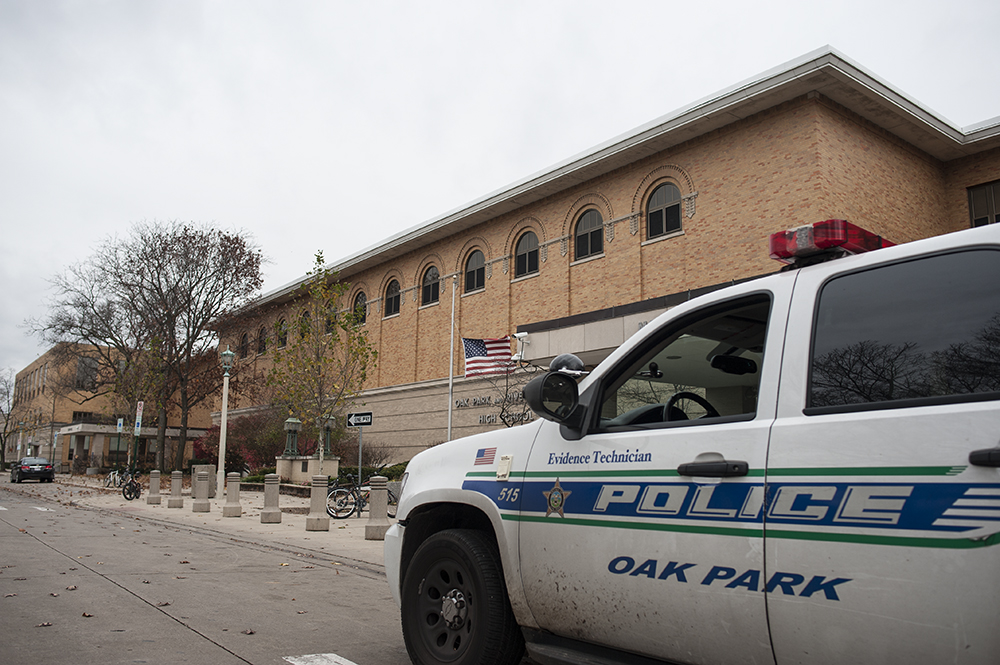The task force behind the Oak Park Community Safety Project has spent months exploring alternative responses to mental health-related police calls. Through educational sessions, public engagement sessions and private working sessions, the task force has explored several different models of response, the needs of the Oak Park community, and the challenges of changing systems that are deeply ingrained in civic mindsets.
The process will culminate in giving recommendations to Oak Park village managers, although at this time these recommendations are still in draft form. We’ve given Journal a preview of what lies ahead, but be warned.
“We don’t have the full information yet, so we don’t want to announce anything off the mark,” Potts said. “Before making proposals to village managers, we want to make sure that the proposals we make are well vetted in different areas of the community.”
